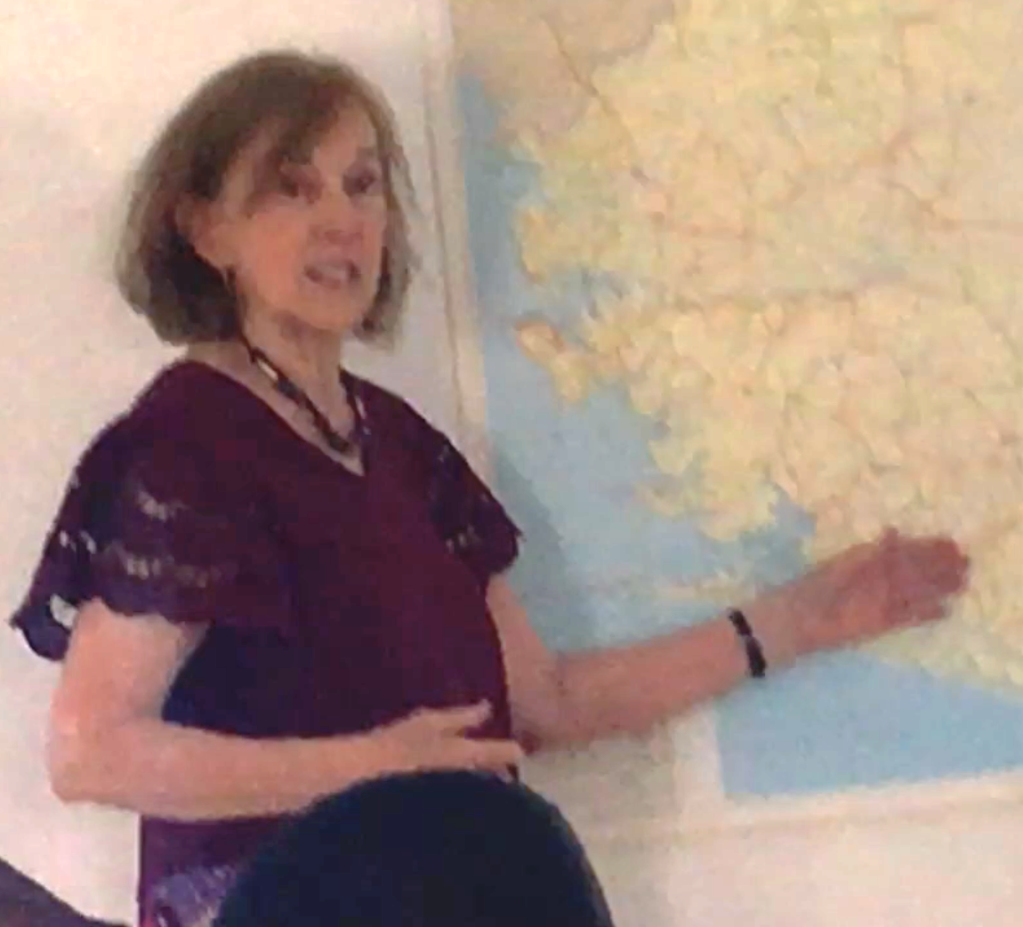Yesterday was my 3rd (or is it 4th?) author talk to a group of junior secondary students reading The Heritage Keeper as a novel unit in school. There were about two dozen students in rows, probably around 11-13 years old. We started out talking about writing habits (mine and theirs) and I encouraged them to think about becoming children’s book writers.
The kids were very present and fun. They knew the book well and were eager to talk about it. I loved listening to what their favorite parts were. What a wonderful guide for an illustrator or dramatist, in case we had need for them in future editions!
The students’ questions led into a few things I wanted to enlarge on. One was how difficult it would have been for Liberated Africans like Fima to return home. A second was how far you can stray from the truth in writing a historical novel. A third was what we know about the ethnic composition of the Liberated Africans in the mid 1800s. All fascinating topics to me so I have to restrain myself from diving in too deep for young listeners; keep reminding myself that what they asked is what they want to know! I do wish more schools in Sierra Leone would take advantage of the opportunity to teach about writing and Sierra Leone history in such a fun way.
We had a book signing at the end—a new experience for all of us!
